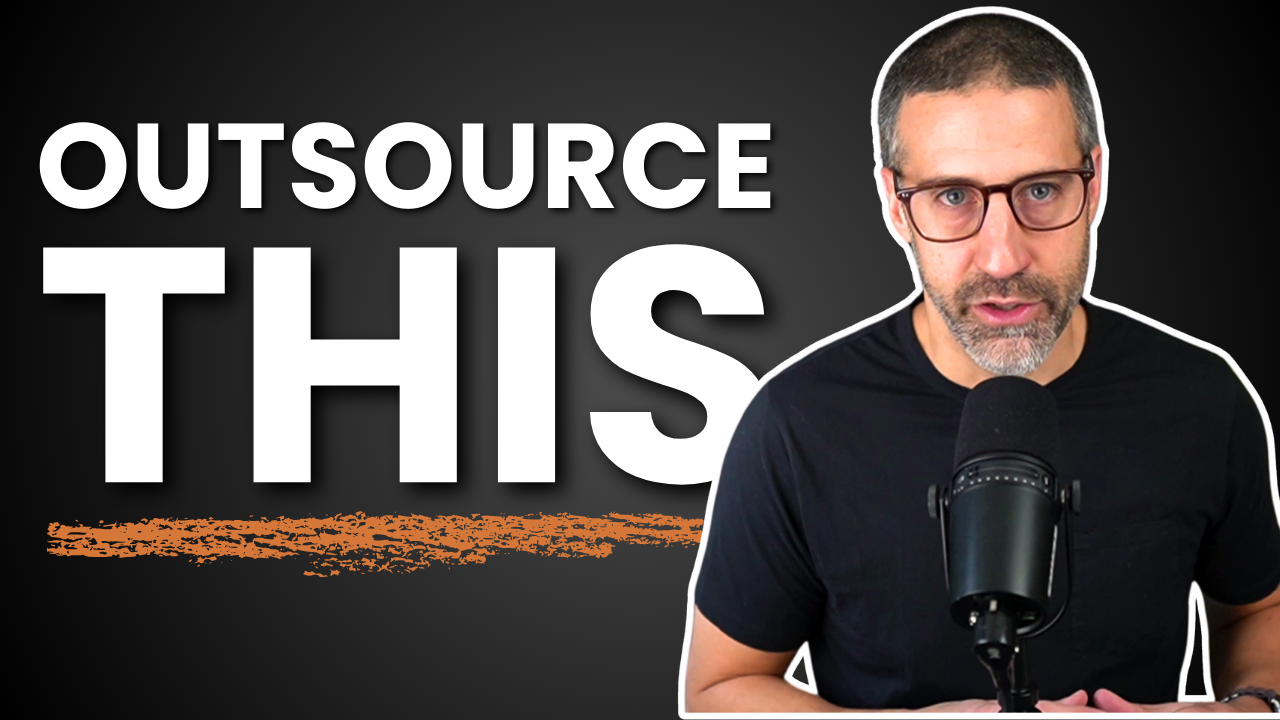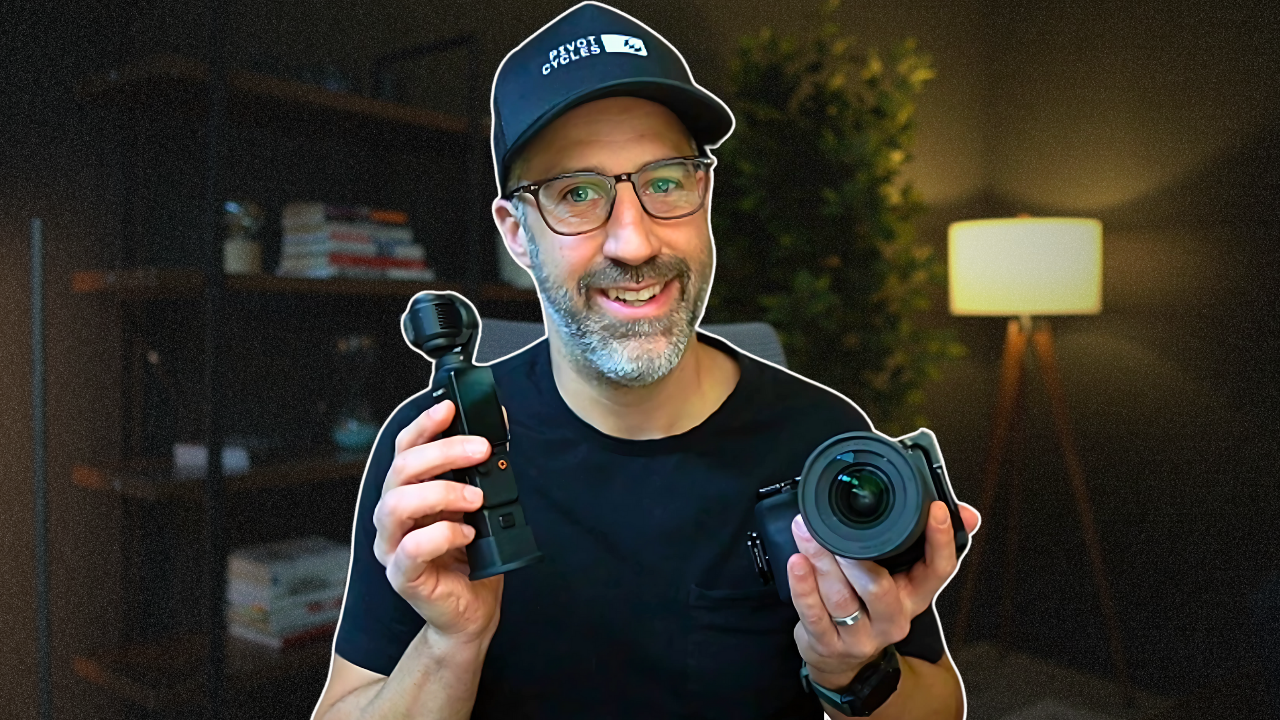In a recent podcast interview, I got asked how we set goals.
In today’s video I wanted to give you a glimpse into the high-level process we use as well as many of our clients.
There is one KEY ingredient to our goal-setting process that has changed how we set goals and make sure we hit them.
Honestly, it’s one ingredient that most leave out and that’s why they end up burnt out, exhausted and want to give up before ever reaching their goal.
So, check out today’s videos and leave a comment sharing how YOU set goals.
Transcript / MP3
What’s going on, everybody in today’s video, I wanted to actually share a snippet of an interview that I just did on how we actually set goals in our business, both big picture and every 90 days. So let’s hop on over to that segment and I hope you enjoy in the comment section below. I want to hear your takeaway from how we set goals and see how you set goals. Is there anything that I may be missing that we could potentially add? I’d love to know. Let’s just jump right in. …There’s kind of two ways that I look at goals. I mean, like, I look at kind of my one-year, three-year, five-year kind of big picture goals as you get further out. I think they’re a little bit blurrier, but from like inside the business, every single quarter, we go through like a self-assessment of, um, we look at our lead generation, our lead nurture, our sales, our fulfillment, and our like upgrades retention, resell, upsell. And we say like, what’s the biggest bottleneck? Like, which one’s the current bottleneck. Oh, it’s lead nurture. Um, okay. So let’s figure out how we can fix lead nurture for the next 90 days. And so then we’ll kind of come up with I’m sure some people have heard the term OKR is objectives and key results. We’ll come up with like one to two objectives with some key results to make lead, nurture, not a bottleneck anymore in the next 90 days. And then we get to the 90 days and we say, Hey, okay. It went from being a bottleneck to being a strength. Like what’s the bottleneck now? Oh, it’s fulfillment. You know, we’ve been adding so many more new clients that like fulfillment’s starting to break or we need more help and fulfillments like, okay, what are the objectives? What are the key results to fix fulfillment? How are we gonna measure that 90 days from now? And so that’s kind of how we focus is how we help our clients kind of put together game plans as well. But I do think like, just at a, so that’s like, I think more tactical, like inside the business quarterly, but we definitely look at, you know, like how many clients do we want to serve this year? And you know, if we sell at this price point, like, what is the revenue look like? And you know, what do I want my day to day look like? And all of those things, you know, I think, you know, to go off the hashtag goals, I think one of the biggest things that COVID made us do, or at least pay more attention to was I feel like goals without constraints are really, really useless because like most people listening could probably build a seven figure business way faster than they probably thought they could. But likely with making a lot of sacrifices that they’re probably not willing to make like work 24 seven, like, you know, don’t have any friends, like, don’t go out like don’t park. Like all these things that, you know, some people, some people will, are willing to sacrifice. And those are the people that, you know, you can’t compare yourself to because they’re willing to sacrifice things that you are not. So there’s no point in comparing. And so I think understanding like, what are your goals? But then more importantly, like what are your constraints to get there? So like, for example, when COVID happened, you know, a lot of people went like having to deal with their kids being home. Um, now we didn’t thankfully have to deal with like legit homeschooling. Cause our kids are too young. They’re still in like daycare, but you know, they, like, we had temporary daycare and um, like it wasn’t full time. Like it normally was. So we had to rework the schedule. And so Greg couldn’t work on Fridays, like, because my schedule was more flexible. So my wife, you know, she watched the kids on her day off, which was Wednesday and Greg took Fridays off and like he was with the kids. And so like I had to figure out how to hit our goals with a four day workweek. And how do I manage my team with four days? And so like the, because of that constraint, we got even more focused on like, okay, well, you don’t have enough time to do all of these things. So like, what’s the one thing that you’re going to focus on because you only have like eight hours of production time a week after all your meetings and all the other stuff. So like either we push out the deadlines or we just focus on fewer things. And so I think, you know, now every time we create goals, we’ll just add constraints. Like, for example, Hey, we want to hire this new, uh, this new person, but we don’t want Greg to have to be involved at all in the interview process. So like, how do we bring on this key role without Greg being involved at all? Like Greg doesn’t interview them, like, so who, so who on the team is stepping up? Right? And so that was, you know, that then we have to solve that problem. And that, that allows us to put together some key action items that allow us to hit these goals.
Read more


